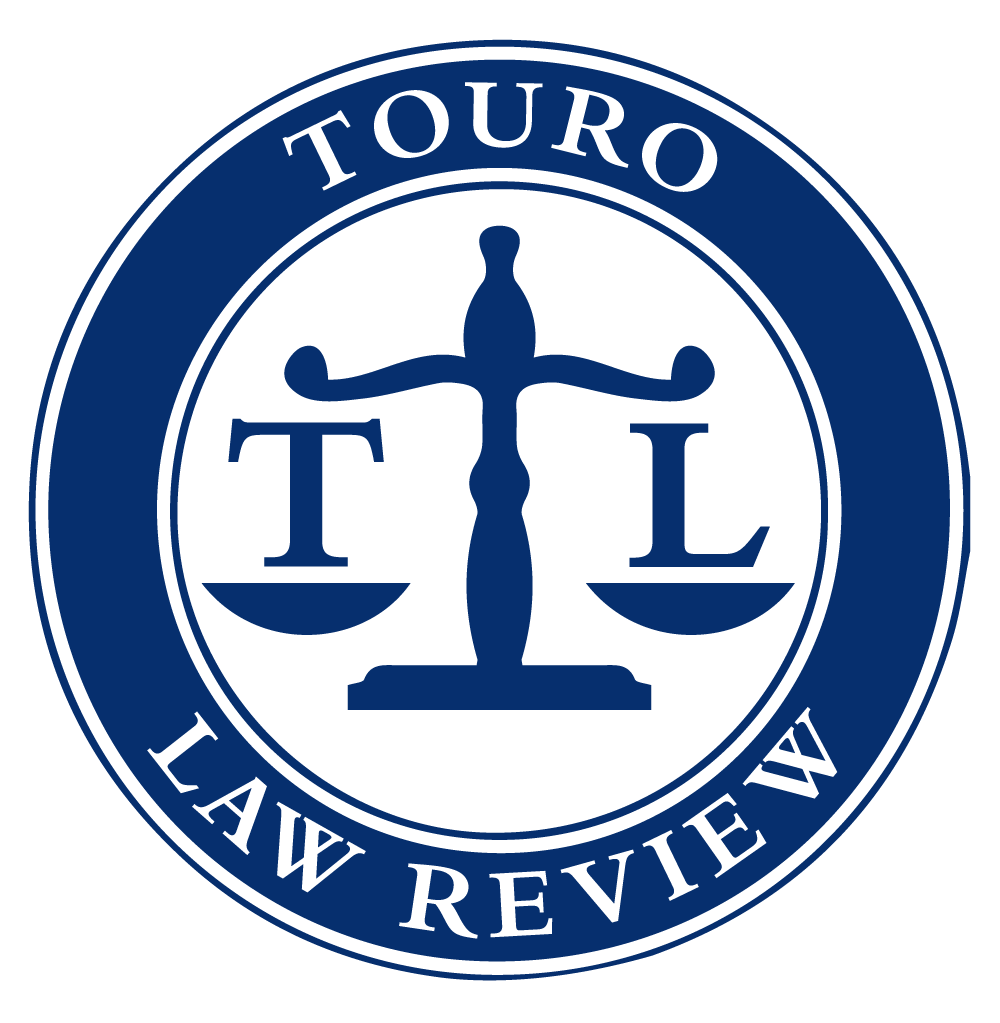
Touro Law Review
Abstract
The global settlements between state and local governments and opioid manufacturers, distributors, and retailers require opioid defendants to transform their businesses and pay more than $40 billion to abate the ongoing opioid epidemic. The $40 billion in abatement funds is a substantial pool of money that is likely to help states combat opioid use and abuse. Large as the payments are, however, they are significantly smaller than the profits that the opioid defendants made over the course of the epidemic or the total harm that they caused. This Article argues that the global opioid settlements incentivize future defendants to create large public health risks. Rational defendants will look to the opioid settlements when evaluating their own legal risk. The settlements establish that defendants can create enormous public health risks, and the legal consequences will be limited to business reforms and making abatement payments that are less than the profits the defendant generated by creating the public health risk. In other words, public nuisance law’s abatement remedy, upon which the opioid settlements are based, ensures that public nuisance defendants can profitably perpetuate a public nuisance. Accordingly, public nuisance law will fail to deter profit-maximizing defendants from creating a public nuisance. Other approaches, such as restitution, disgorgement, or corporate restructuring, are possible alternative remedies that courts and future parties may consider.
.
Recommended Citation
Masterman, Clayton J.
(2025)
"Opioid Settlements and Profitable Public Nuisances,"
Touro Law Review: Vol. 40:
No.
2, Article 7.
Available at:
https://digitalcommons.tourolaw.edu/lawreview/vol40/iss2/7
Included in
Administrative Law Commons, Civil Law Commons, Civil Procedure Commons, Litigation Commons, State and Local Government Law Commons


